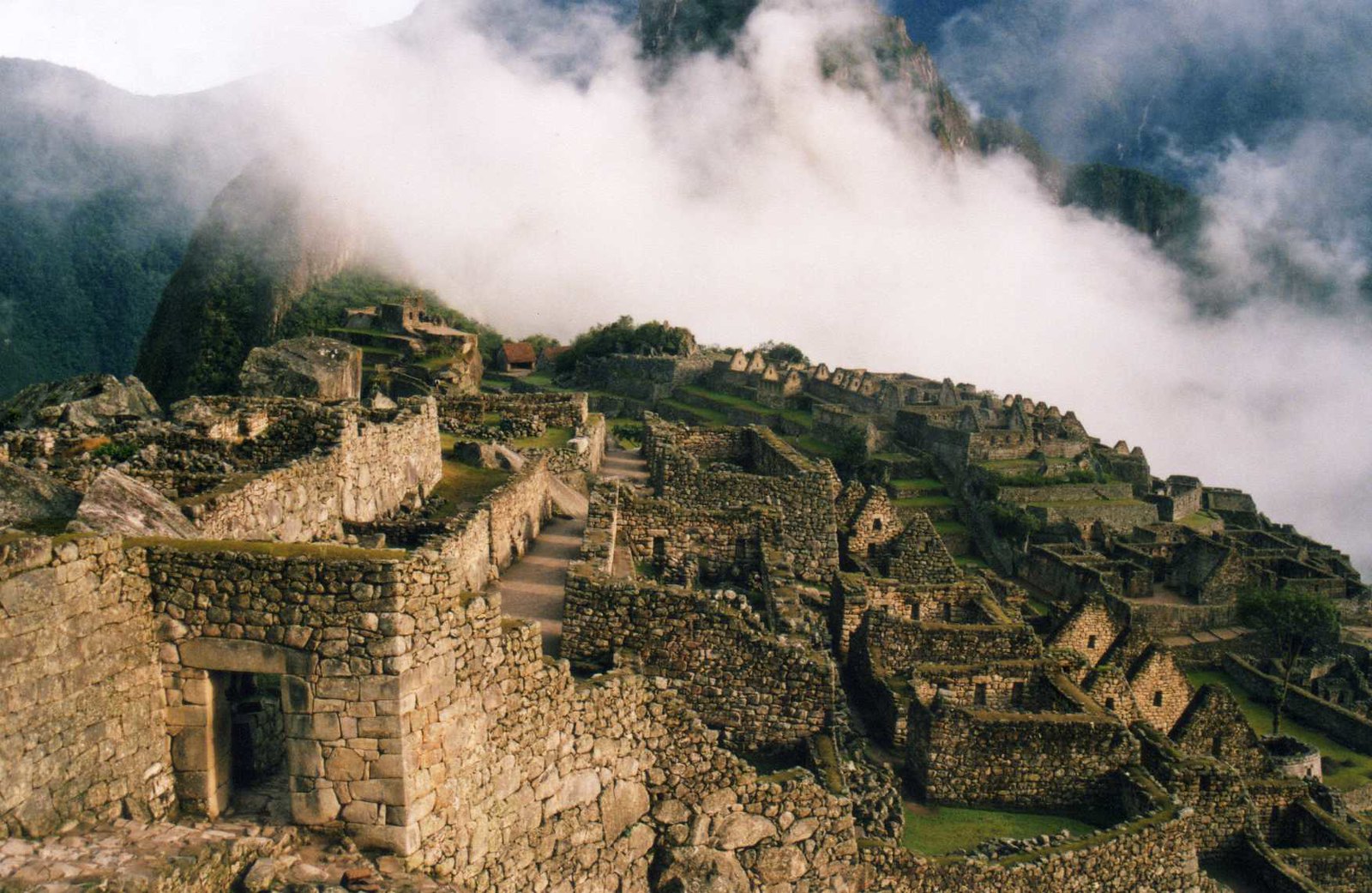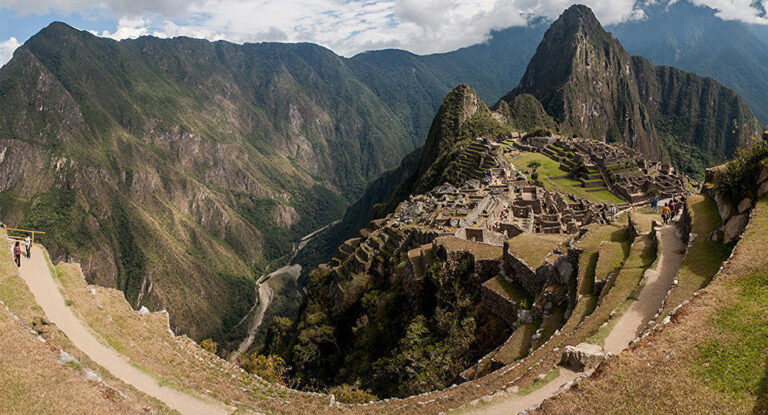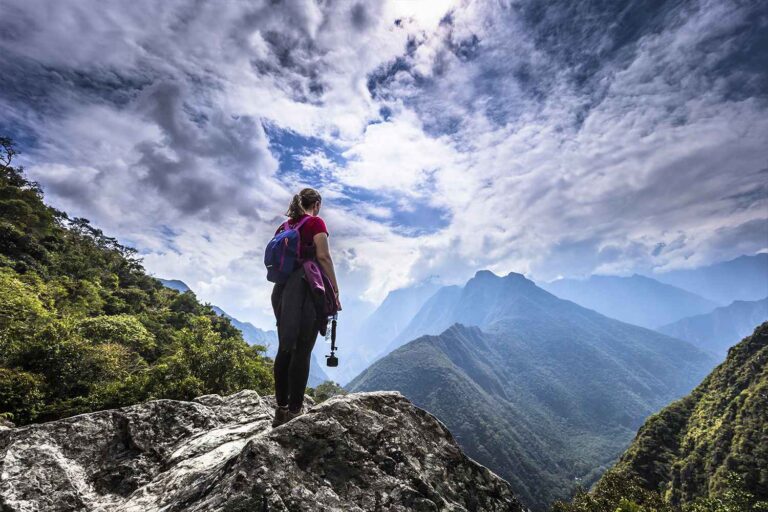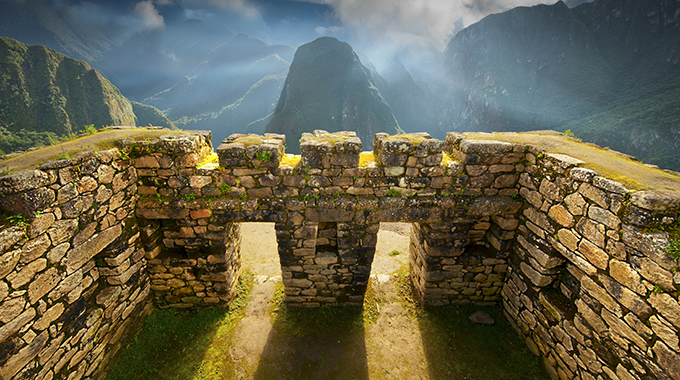Machu Picchu’s Rules of Conduct: Your Guide to Respecting the Sacred Citadel
Why Rules Matter at Machu Picchu
Let’s cut to the chase: Machu Picchu isn’t just a tourist attraction—it’s a UNESCO World Heritage Site, a spiritual sanctuary, and a fragile archaeological treasure. Over 1.5 million visitors flock here yearly, and without strict rules, this 15th-century wonder would crumble under selfie sticks and trampling feet. Peru’s Ministry of Culture has rolled out clear Rules of Conduct (machupicchu.gob.pe/normas-de-conducta) to protect the site. Think of them as your golden ticket to experiencing Machu Picchu responsibly. In this guide, I’ll decode these rules, share hard-earned tips, and explain why respecting them makes your visit richer.
Rule #1: Stay on Marked Paths (No, You Can’t Sit on the Terraces)
Machu Picchu’s stone terraces and temples have survived earthquakes, landslides, and centuries of jungle overgrowth. But human touch? That’s their kryptonite. The rules mandate staying on designated paths and avoiding sitting, leaning, or climbing on walls.
Why it matters: Oils from your skin erode the stone. A single photo op on a sacred wall could damage irreplaceable carvings.
Pro Tip: Want that iconic shot? Head to the Guardhouse viewpoint—it’s legal, safe, and the postcard angle.
Rule #2: No Drones, Tripods, or Selfie Sticks
Put that selfie stick away. Drones and tripods are banned to prevent accidents (and let’s be real, nobody wants a drone crashing into the Temple of the Sun). Handheld cameras and phones are fine, but keep your gear compact.
Penalty: Guards will confiscate prohibited items on the spot.
Photography Hack: Visit at sunrise (6 AM) or late afternoon (3 PM) for crowd-free, golden-hour shots.
Rule #3: Pack Out Everything You Bring In
Machu Picchu has zero trash cans. Why? To discourage littering. You’re required to carry out all waste, from snack wrappers to tissues.
What to bring: A reusable water bottle (hydration stations available) and a small trash bag.
Eco-Win: Join the “Leave No Trace” movement—future travelers will thank you.
Rule #4: No Food or Alcohol Inside the Citadel
Picnicking on sacred ground? Not here. Eating and drinking (except water) are prohibited to deter littering and wildlife disruption.
Fuel Up: Eat a hearty breakfast in Aguas Calientes. My favorite spot? Café Inkaterra for organic Peruvian coffee and quinoa pancakes.
Rule #5: Respect the Silence Zones
Machu Picchu isn’t a theme park. Designated “silence zones” near temples and shrines require hushed voices.
Why: The Incas built this city to commune with nature and deities. Loud chatter disrupts its meditative energy.
Soulful Moment: Sit quietly at the Temple of the Condor—listen for the distant rush of the Urubamba River.
Rule #6: No Smoking or Open Flames
The Andean air is thin, dry, and flammable. Smoking or lighting matches? Strictly forbidden.
Alternate Fix: Nicotine gum or patches if you’re jonesing.
Rule #7: Dress Respectfully (Save the Crop Tops for the Beach)
Machu Picchu is a sacred site, not Coachella. Avoid revealing clothing like crop tops, short shorts, or swimwear.
Pack Smart: Layers! Mornings are chilly (40°F), afternoons toasty (70°F). A light jacket, hat, and sturdy shoes are non-negotiable.
Rule #8: Don’t Touch or Remove Anything
That includes rocks, plants, and “souvenir” pebbles. The citadel is a protected archaeological zone—every stone has historical value.
Karma Alert: Visitors caught stealing face fines up to $5,000 USD and lifetime bans.
Rule #9: Follow Your Guide’s Instructions
Guided tours aren’t just for history lessons. Licensed guides enforce rules and keep groups on track.
Budget Hack: Can’t afford a guide? Use the Machu Picchu Audio Guide. With 26 tracks, it narrates the site’s secrets while keeping you compliant. At $6.99 USD, it’s a steal compared to group tours ($50+).
Rule #10: Respect Wildlife (Yes, Even the Alpacas)
Machu Picchu’s resident alpacas and vizcachas (Andean rabbits) aren’t photo props. Feeding or chasing them stresses the animals.
Adorable Fact: Alpacas here are semi-wild. They’ll ignore you unless you wave snacks.
How to Prepare: Practical Tips for Rule-Followers
- Buy Tickets Early: Only 2,500 daily entries are allowed. Book via Machu Picchu’s official site ($45–$68 USD).
- Pack Light: Max bag size 15.7 x 13.7 x 7.8 inches (40 x 35 x 20 cm).
- Bring Your Passport: Required for entry.
- Arrive Early: Gates open at 6 AM. Beat crowds and midday heat.
Why These Rules Aren’t Just Red Tape
In 2019, a tourist chipped a 600-year-old stone while posing for a yoga photo. In 2022, drones disrupted nesting Andean condors. These incidents sparked Peru’s stricter 2023 conduct codes. By following them, you’re not just avoiding fines—you’re preserving Machu Picchu for generations.
Local Insight: Many rules align with the Inca principle of Ayni (reciprocity): Take only memories, leave only respect.
The Secret to a Deeper Experience? Go Guided (Virtually!)
Guides are great, but if you crave freedom (or hate crowds), the Machu Picchu Audio Guide is your ally. With 26 tracks, it decodes everything from astronomical alignments to hidden carvings, all while nudging you to follow the rules. Play it on your phone as you wander— Wi-Fi needed.
Why I Love It: On my last visit, I learned why the Intihuatana stone (“Hitching Post of the Sun”) was nearly destroyed by a beer commercial in 2000. Spoiler: The crew dropped equipment on it.
Final Thoughts: Be a Guardian, Not a Tourist
Machu Picchu isn’t Disneyland. It’s a living testament to human ingenuity and nature’s power. By respecting the rules, you honor the Inca legacy and ensure that this wonder endures. And hey, you’ll avoid becoming that traveler who gets scolded by guards.
Don’t Forget: Grab the Machu Picchu Audio Guide. For less than a Cusco lunch, you’ll unlock stories that turn stones into sagas.
Ready to explore responsibly?
- Read the Full Rules: Machu Picchu Conduct Guidelines
- Book Tickets: Official Machu Picchu Site
- Audio Guide: Self-Guided Tour
Safe travels, guardians of history. The Andes are watching—and smiling. 🏔️✨
Follow my journeys for more ethical travel wisdom.








